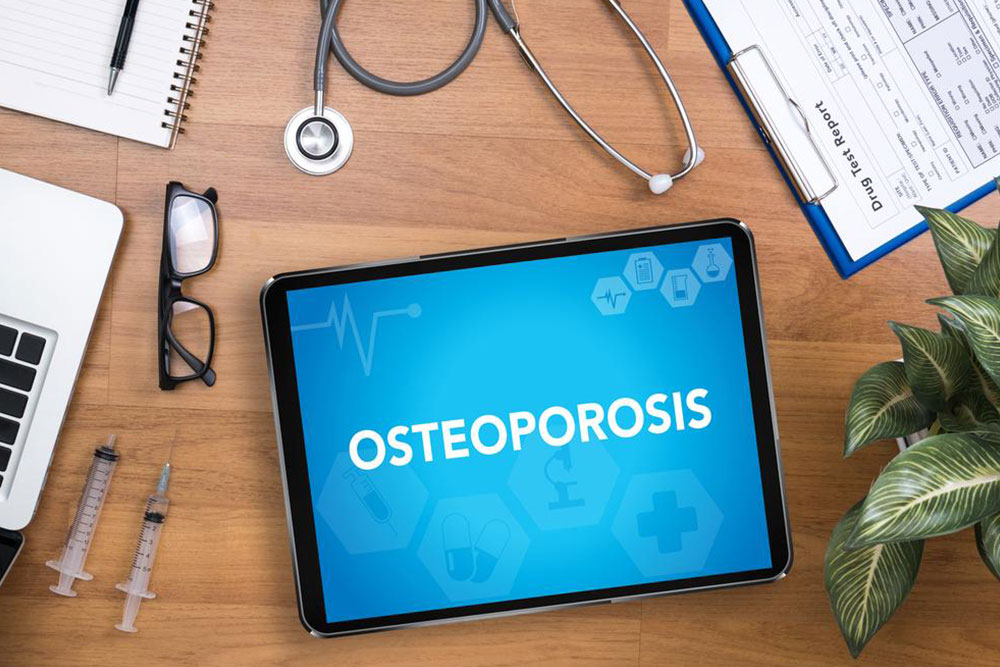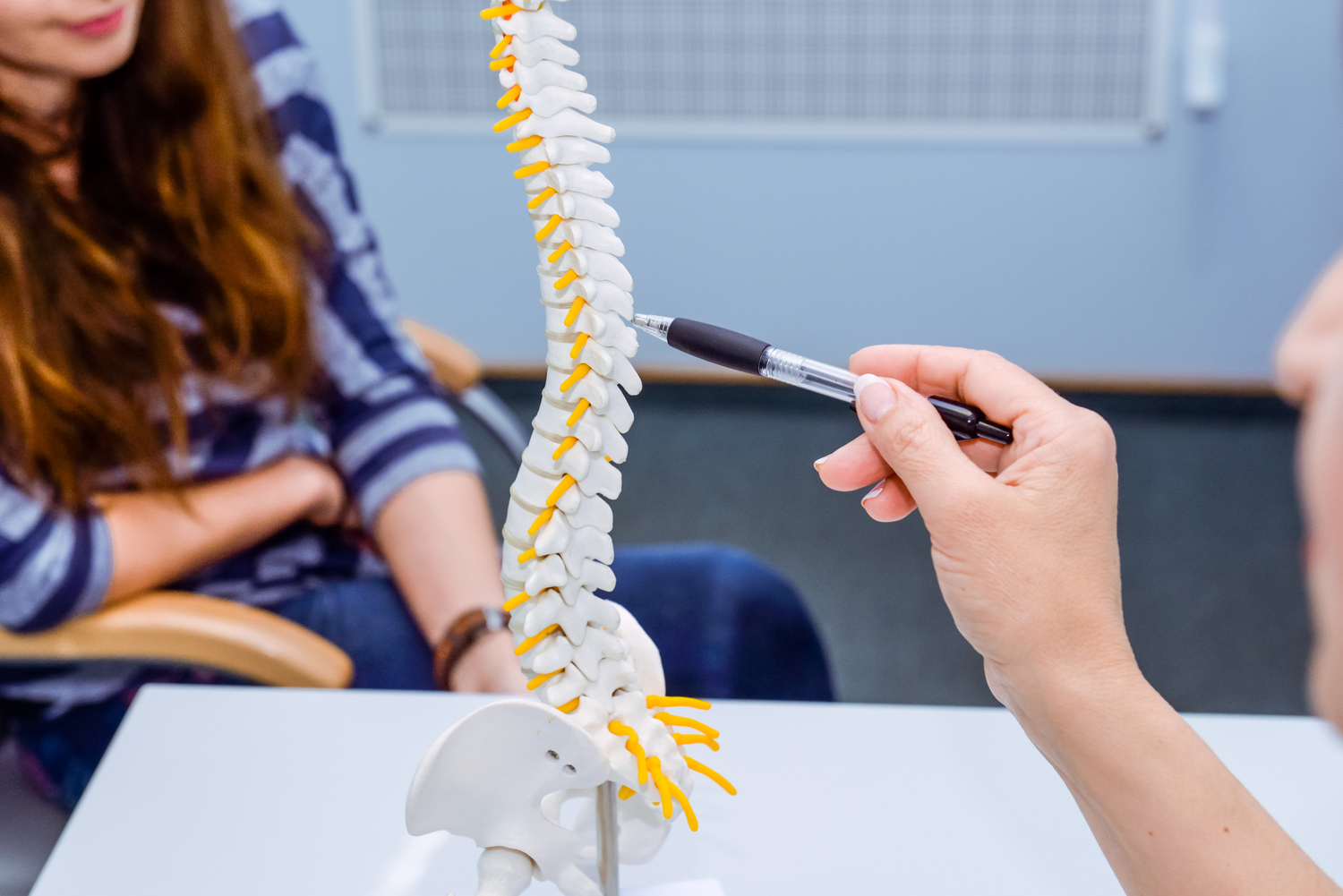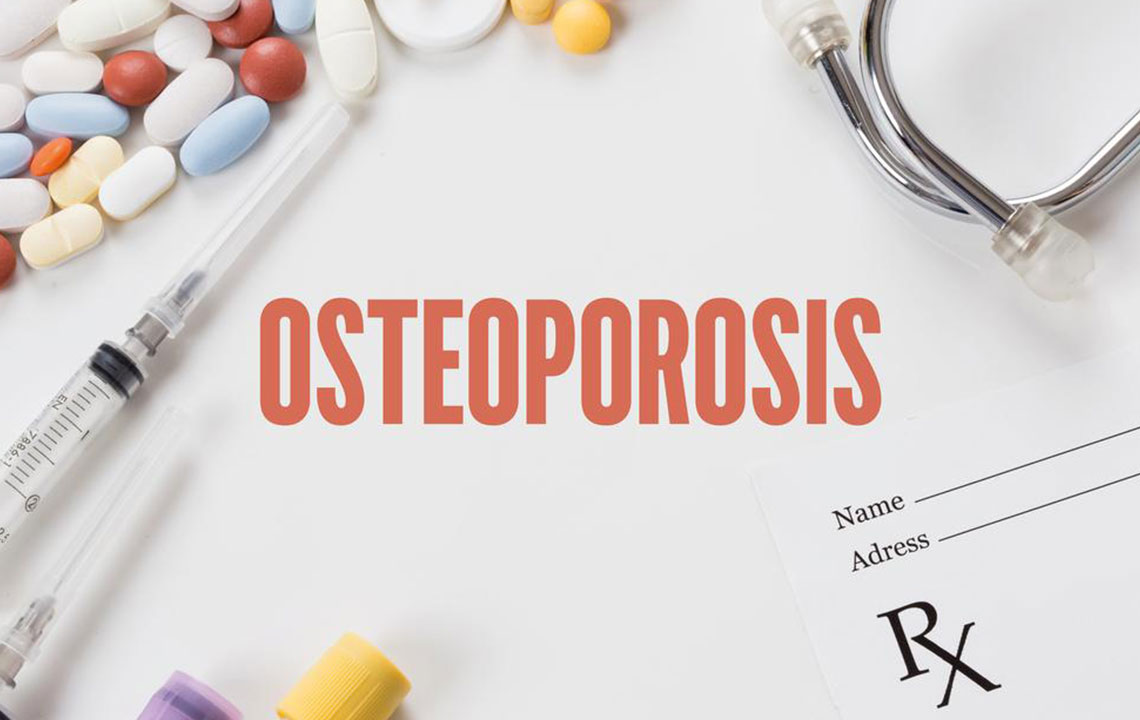Comprehensive Approaches to Enhancing Bone Density and Preventing Osteoporosis
This comprehensive guide explores effective strategies to improve bone density and prevent osteoporosis through medical treatments, nutritional tips, and healthy lifestyle habits. It emphasizes the importance of personalized care, timely interventions, and proactive measures to maintain strong bones and reduce fracture risks for aging populations.

Comprehensive Approaches to Enhancing Bone Density and Preventing Osteoporosis
Osteoporosis is a widespread health concern, especially among individuals over the age of 50. It is characterized by decreased bone density and deterioration of bone tissue, which significantly increases the risk of fractures. According to recent epidemiological data, approximately 10 million people in our country suffer from osteoporosis or are at high risk. As the population ages, understanding effective strategies to strengthen bones and prevent osteoporosis becomes crucial for maintaining mobility, independence, and quality of life.
Osteoporosis develops when there is an imbalance between bone resorption and bone formation. When the body cannot produce enough new bone tissue to replace the old, weakened bones become more fragile. Factors contributing to this condition include hormonal changes, nutritional deficiencies, lack of physical activity, certain medications, and lifestyle choices like smoking and excessive alcohol consumption. Addressing these issues comprehensively involves a combination of medical interventions, nutritional improvements, and lifestyle modifications designed to support bone health.
Medical Interventions for Bone Health
Medical treatments play a pivotal role in managing osteoporosis, especially for individuals with significant bone density loss or those at high risk of fractures. These therapies aim to slow down bone loss, stimulate new bone formation, or both. Commonly prescribed medications include bisphosphonates, denosumab, teriparatide, as well as newer agents like Prolia and EVENITY, which have shown promising results in clinical research.
Prolia (Denosumab)
Prolia is a monoclonal antibody that inhibits RANKL, a protein involved in the process of bone resorption. It is mainly used to treat osteoporosis in postmenopausal women, men at risk of fracture, and patients on glucocorticoids. Prolia helps increase bone mineral density and significantly reduces the risk of vertebral and non-vertebral fractures. However, it is important to consider contraindications such as low blood calcium levels and pregnancy. Common side effects include infections, joint pains, and allergic reactions, which necessitate regular monitoring during treatment.
EVENITY (Romosozumab)
EVENITY is a newer agent that promotes new bone formation while simultaneously decreasing bone breakdown. It is particularly effective in reducing the incidence of spinal fractures within the first year of therapy. Despite its benefits, clients should be aware of potential cardiovascular risks, including heart attack and stroke, especially in patients with pre-existing cardiovascular conditions. Common adverse effects include allergic responses, sore throat, ocular burning, muscular spasms, and infections. Regular check-ups and cardiovascular assessments are recommended during treatment.
In addition to pharmacotherapy, a personalized treatment plan often involves calcium and vitamin D supplementation to optimize bone mineralization. Healthcare providers may also suggest additional supportive therapies based on individual risk factors.
Nutritional Strategies to Support Bone Health
A well-balanced diet rich in essential nutrients is fundamental for maintaining strong bones. Calcium stands out as a key mineral necessary for bone mineralization and structural integrity. Dairy products such as milk, cheese, and yogurt are excellent sources of calcium, providing a highly bioavailable form of this mineral. Incorporating fish like salmon, mackerel, and sardines, which are high in vitamin D and omega-3 fatty acids, helps in calcium absorption and reduces systemic inflammation that can accelerate bone loss.
In addition, limiting intake of substances detrimental to bone health is advised. Excessive consumption of salt, caffeine, and red meats can promote calcium loss and exacerbate bone depletion. Lifestyle choices such as smoking cessation and reducing alcohol consumption are also crucial to preserve bone strength. Vitamin D intake from sunlight exposure and diet, combined with possible supplementation, ensures optimal calcium absorption and utilization.
Lifestyle Modifications for Bone Strengthening
Beyond medication and diet, physical activity remains a cornerstone of osteoporosis prevention and management. Weight-bearing exercises like walking, jogging, and stair climbing stimulate bone formation by placing mechanical stress on bones. Strength training with resistance exercises using weights or resistance bands enhances muscle mass and supports skeletal strength.
Regular physical activity not only increases bone density but also improves balance, coordination, and muscle strength, reducing fall risk—a critical factor in fracture prevention. Maintaining a healthy body weight prevents additional strain on bones and joints. Proper footwear during exercise prevents fall injuries, and maintaining an active lifestyle contributes to overall skeletal resilience.
Furthermore, routine bone density scans allow for ongoing assessment of bone health status. Early detection of bone loss enables timely adjustments to treatment strategies, ensuring optimal management of osteoporosis and prevention of fractures. Patient education about lifestyle habits that support bone health is equally essential to achieve sustained improvements.
In summary, combating osteoporosis requires a multifaceted approach involving medical treatments, targeted nutrition, and proactive lifestyle changes. By integrating these strategies, individuals can significantly enhance their bone strength, reduce fracture risks, and maintain active, healthy lives well into older age.





